Frequently Asked Questions About Net Weight Filling Machines
Net weight filling machines are versatile and efficient machines used in various industries to fill containers with precise amounts of products. They offer precision, speed, and reliability, making them an indispensable part of modern packaging lines. However, like any complex machine, there are common questions that often arise regarding their use and operation. This article aims to address these frequently asked questions (FAQs) to provide clarity and enhance understanding.
What is a Net Weight Filling Machine?
A net weight filling machine is a specialized machine designed to fill containers with predetermined quantities of products based on their net weight. Unlike volumetric filling machines that dispense a set volume of product, net weight filling machines measure the weight of each container in real-time and adjust the filling process accordingly. This ensures the accurate and consistent filling of containers, regardless of variations in product density or container size.
How Does a Net Weight Filling Machine Work?
Net weight filling machines employ a combination of sensors, scales, and control systems to achieve precise filling. The process typically involves the following steps:
A container is placed on the filling head.
A load cell measures the tare weight of the container.
Product is dispensed into the container while the load cell continuously monitors the weight.
When the set target weight is reached, the filling process stops automatically.
The filled container is removed, and the process is repeated for the next container.
What Types of Products Can Be Filled by Net Weight Filling Machines?
Net weight filling machines are suitable for a wide range of products with different characteristics. They are commonly used to fill liquids, powders, granules, and pastes. Some specific examples include:
Beverages
Food products (e.g., sauces, condiments, soups)
Pharmaceuticals
Chemicals
Cosmetics
Pet food
What are the Advantages of Using Net Weight Filling Machines?
Net weight filling machines offer several advantages over other filling methods:
High precision and accuracy, ensuring consistent filling weights.
Reduced product waste due to precise dispensing.
Increased productivity and efficiency.
Versatile and adaptable to different products and container sizes.
Easy to integrate into automated packaging lines.
What Factors Influence the Choice of a Net Weight Filling Machine?
When selecting a net weight filling machine, the following factors should be considered:
Product characteristics (density, flowability, viscosity)
Desired filling speed and accuracy
Container size and shape
Sanitation and cleaning requirements
Integration with existing packaging lines
Budget and maintenance costs
Net weight filling machines are valuable assets in the packaging industry, providing precise and efficient filling solutions for a diverse range of products. Understanding the principles of operation, applications, and selection criteria can help users optimize their packaging processes and achieve greater efficiency, accuracy, and cost-effectiveness.
-
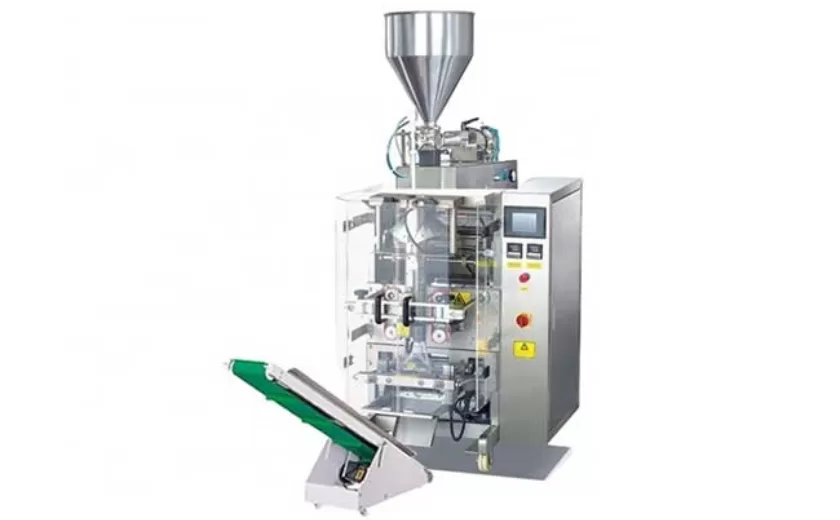
Advanced Packing Solutions: Snacks, Sugar, and Frozen Food Machines
29-10-2025 -
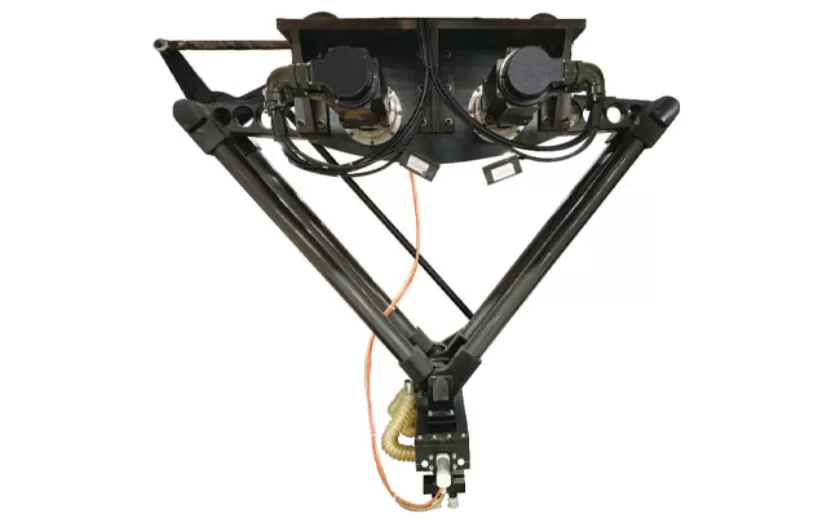
Efficient and Reliable Solutions for Salt, Nuts, and Frozen Dumplings Packing
29-10-2025 -
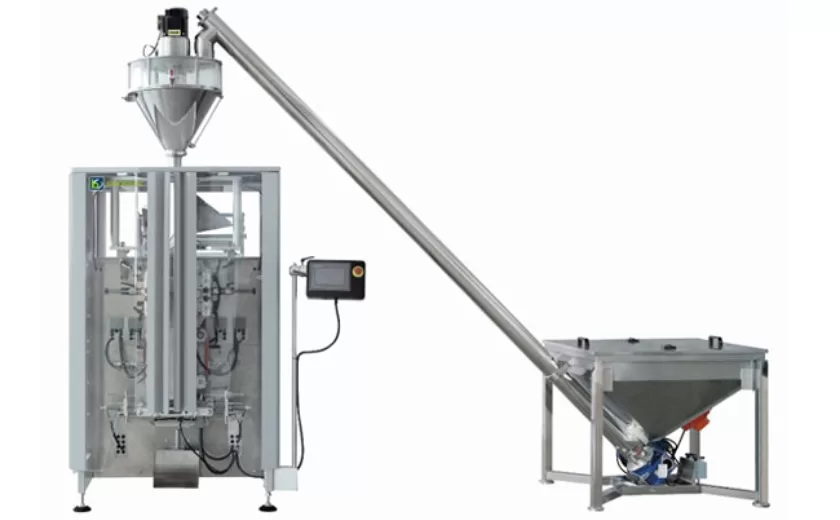
High-Performance Biscuits, Lollipop, and Ketchup Packing Machines for Modern Food Production
29-10-2025 -

Efficient Liquid Filling and Packing Machines for Modern Production
23-10-2025 -
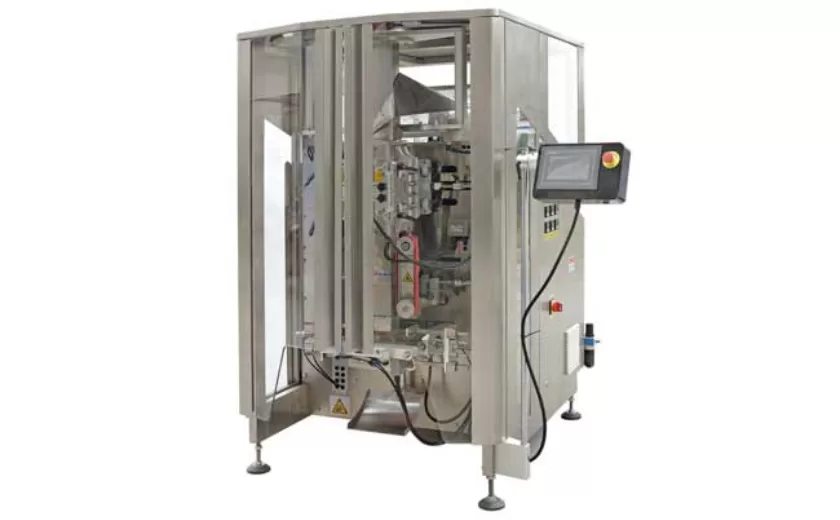
Reliable Granule Packaging Machines for Efficient Production
23-10-2025 -

Efficient Auger Powder Filling Machines for Accurate Packaging
23-10-2025 -

High-Performance Liquid Filling and Packing Machines for Hygienic Production
10-10-2025 -

High-Efficiency Granule Packaging Machines for Precision and Speed
10-10-2025 -

High-Precision Auger Type Powder Filling Machines for Efficient Packaging
10-10-2025 -
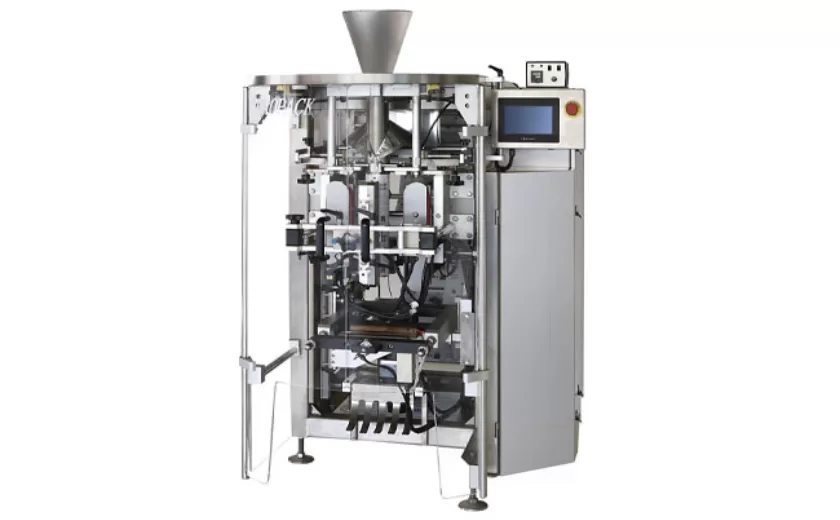
Efficient Vertical Form Fill Seal Packaging Machines for Smart Production
10-10-2025





